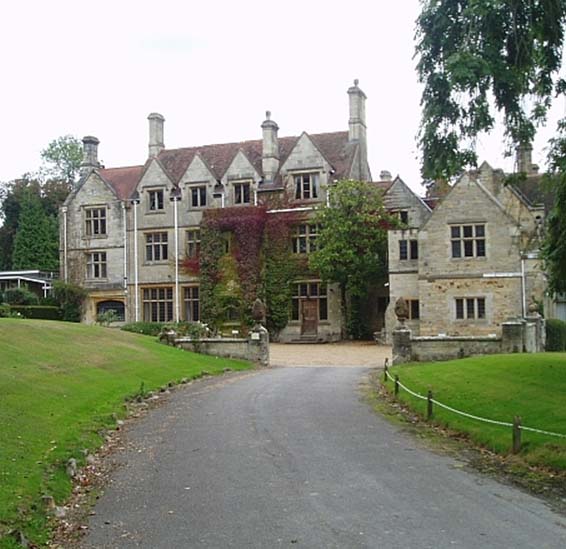Children in Victorian Britain: Henry at boarding school
Lesson Plan

Please note: this free resource pre-dates the 2014 National Curriculum. For more recent resources see:
- Victorians (Primary History article, 2014)
- Scheme of work: Sarah Forbes Bonetta
- Scheme of work: Brunel
In this lesson children pursued an historical enquiry, raising questions and using original sources. They gained an understanding of conditions in early nineteenth-century boarding schools.
They read and interpreted difficult and challenging texts, and developed their understanding and use of the persuasion genre.
Boarding schools
Many children have read well-known stories about life in a boarding-school, but the class's Victorian topic books all focused on day schools
I had a copy of an 1822 letter written by an unhappy boarder named Henry to his father. The letter could illuminate for the children that in the 19th century working class children were not the only ones to suffer miserable living conditions. It also formed the first clue in a personal story that unfolded over the two lessons.
Henry's boarding school flourished in the first half of the nineteenth century. Charles Dickens' Nicholas Nickleby fictionalised such Victorian boarding schools in the graphically-described Dotheboys Hall. His publicising such school conditions helped to improve them as the century progressed.
We taught these two lessons midway through the Victorian Britain Study Unit. In earlier sessions we had investigated the conditions of children working in the coal mines (see Children in Victorian Britain: Down the Mine).
(These resources are attached below)
Attached files:
- Henry at boarding school: Teachers Notes
20.7 KB PDF document - Henry at boarding school: Resources
123.3 KB PDF document - Henry at boarding school: Pupils Work
160.5 KB PDF document

